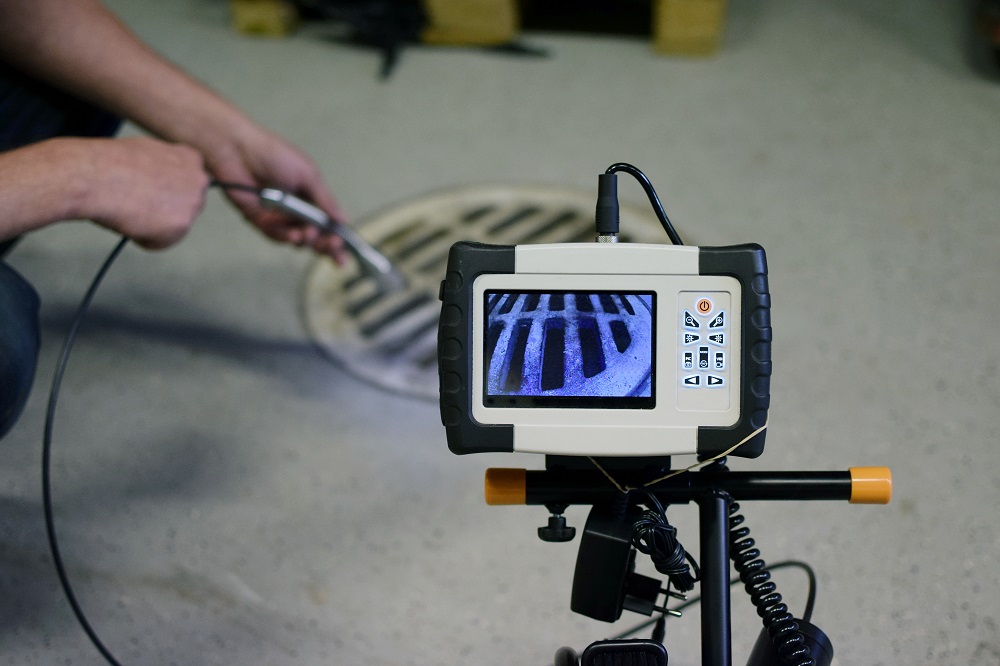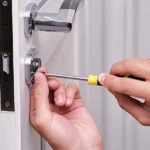Almost every object can sustain damage over time, and there will come a time when you have to repair them to make sure they can function correctly. This is especially true for the components of your drainage system, such as the pipes and canals, considering how they’re exposed to water almost 100% of the time, which can be destructive given enough time. Since issues with drainage systems are usually not apparent, homeowners are advised to perform drain inspections.
A drain inspection aims to evaluate the current state of your drainage system to detect whether it requires maintenance, repair, or replacement. There are several ways to go about the inspection, one of which is to hire professionals from agencies like LCL Plumbing & Drainage to take care of the whole process. Although it’ll cost you, it’s usually the easiest way to approach drain inspection. But if you insist on doing it yourself, it should be possible. In that case, here are a few pointers you can do.
1. Conduct A Water Meter Test
Before anything else, you have to remember that the goal of a drain inspection is to simply identify if there are issues with your drainage system. Fixing it is another matter. One of the best ways to do this is through a water meter test. Basically, it makes use of the water meter attached to your water supply to check if there are irregularities with its values. A water meter is a device that measures the quantity of water that’s gone through the system. Here’s how to do this:
- Turn off all the water-using appliances and utilities inside your home.
- Go to your water meter to check its current reading. You should be able to find it near the curb at the front of your home. You can also find it in the basement if you have one.
- Now wait for at least 30 minutes, then recheck the water meter.
- If the reading is different from the previous reading, it indicates that there’s a water leak in the drainage system since water continues to flow despite the utilities being turned off.
It may not tell you precisely what the issues are and where they can be found, but it gives you a basic idea of how severe the problem is and what you’re dealing with.
2. Test Your Water Pressure
If the pipes in your drainage system have been clogged by hair, cloth, or any object, faucets and other water-using appliances would usually let out abnormally high quantities of water. When that happens repeatedly, the pipes will sustain damage due to the pressure, inevitably leading to even more issues. Unfortunately, in the early stages of this issue, you’ll barely notice a difference in the water let out by faucets. You can, however, test the water pressure to detect this issue early on. The process is a bit different from the previous instructions.
First, check the readings of the water pressure meter (the water meter and the water pressure meter aren’t the same). To do that, you have to first purchase a water pressure gauge from your local hardware store and attach it to the water meter. Next, you need to turn off the faucets and other utilities. Wait for a while, then check the reading of the water pressure gauge. If the reading has increased, then the water pressure is most definitely out-of-whack and needs a check-up.

3. Check For Signs Of Damaged Or Clogged Pipes
If these tests haven’t given you any clues as to what type of issues you’re dealing with, then you might as well check for signs of clogged or damaged pipes. You can identify drain issues without having to look at the interior of the drainage system. On that note, here are three telltale signs that there’s something wrong with the pipes:
- Watermarks: It might be due to water leaks if you see watermarks across your flooring and walls.
- Stagnant water: Sinkholes and puddles that are near your pipes generally indicate that the plumbing lines have a crack that needs patching.
- A foul odor and water discoloration: If you keep seeing brownish water with a foul smell inside your house, your drainage system might be connected to sewage.
4. Use A Camera To Identify Plumbing Issues
If you can’t see any signs and the first two tests didn’t give you any information about your drainage system’s condition, your last resort is to simply use a camera. By putting a camera inside the drains and navigating through the plumbing lines, you can immediately identify any issues that are currently tormenting your gutters. You can choose to call for drain camera inspections from professionals, or you can purchase the camera and do it by yourself. Regardless, it should cost you around USD$200 to USD$2,000. In short, it’s the easiest and most effective way of performing a drain inspection, but it’s also the most expensive.
Final Words
Due to their exposure to all sorts of chemicals and foreign objects, pipes often suffer from numerous issues. Cracking, breaking, and clogging are just a few examples. If these issues aren’t taken care of, it’s likely to lead to worse problems. That’s precisely why you must perform drain inspections regularly to check on the current condition of the house’s drains. That way, you can always enjoy high-quality water without any issues.






